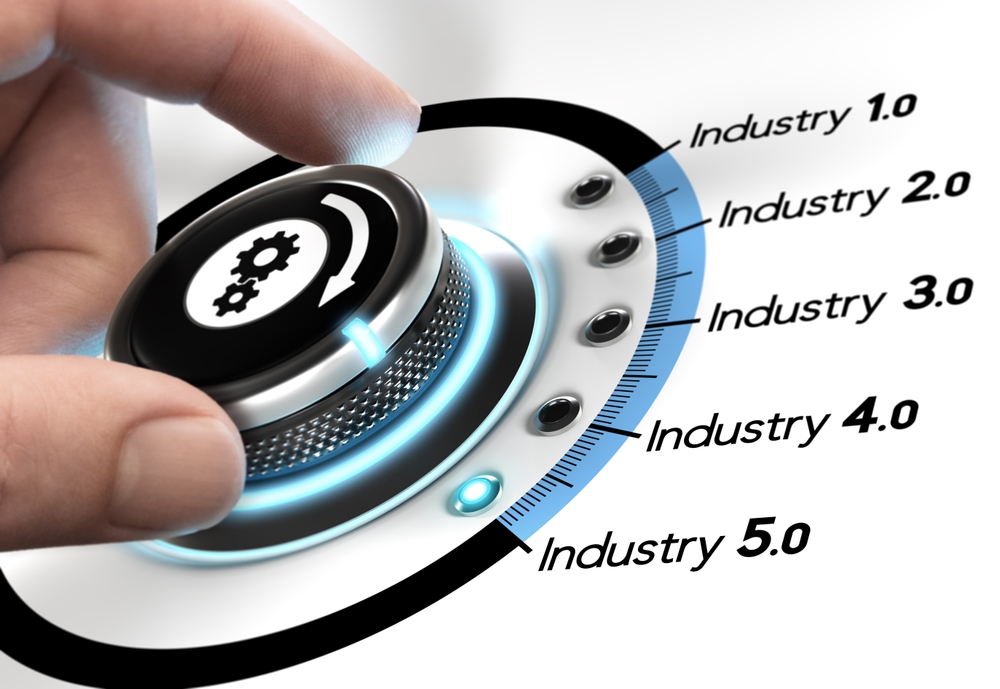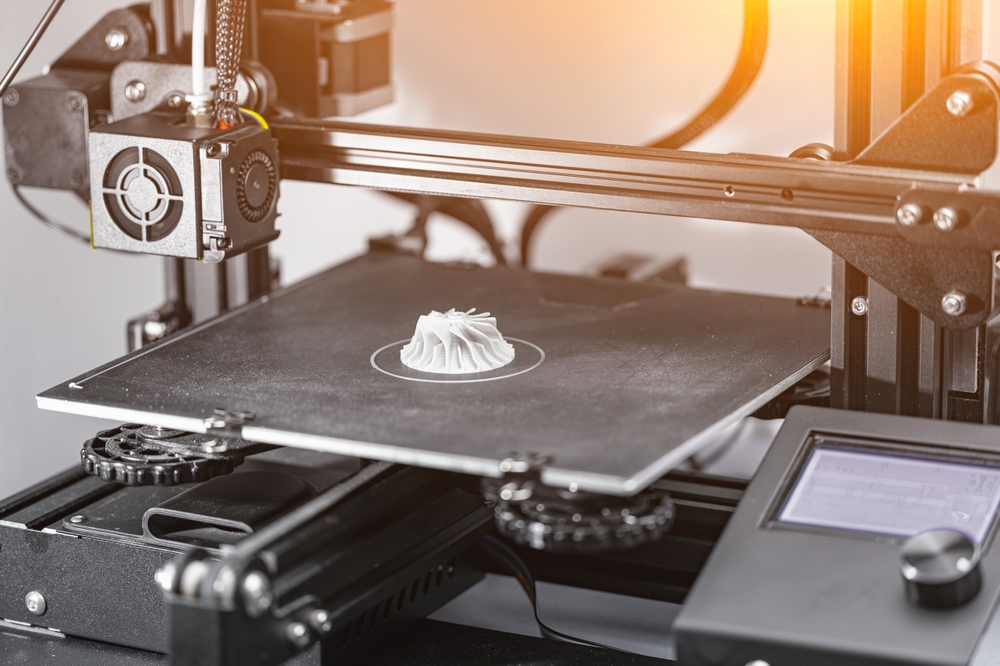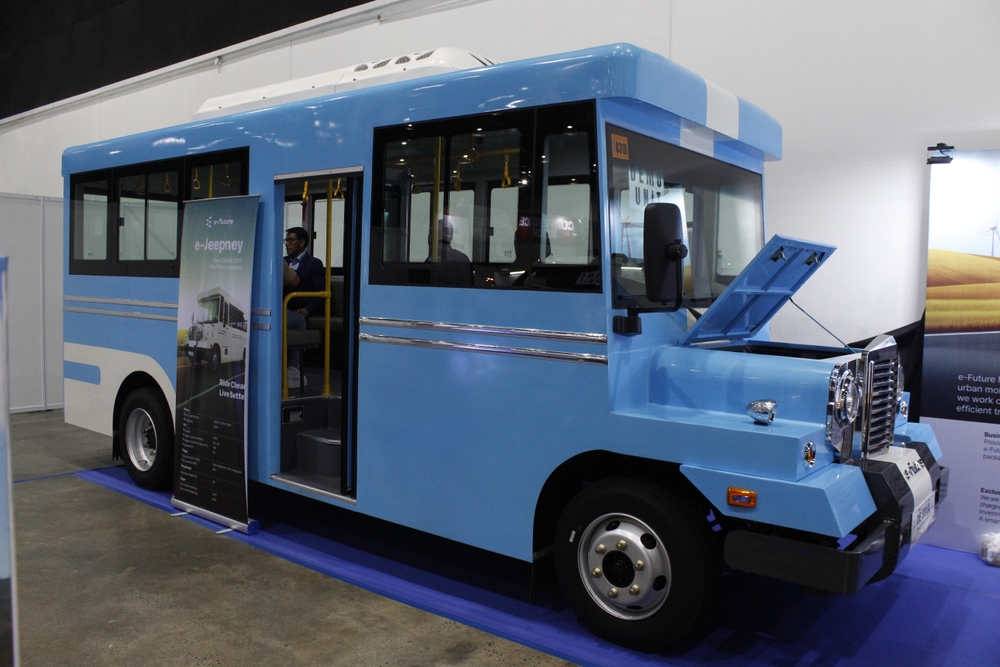Touchscreens Are Out, Buttons Are Back
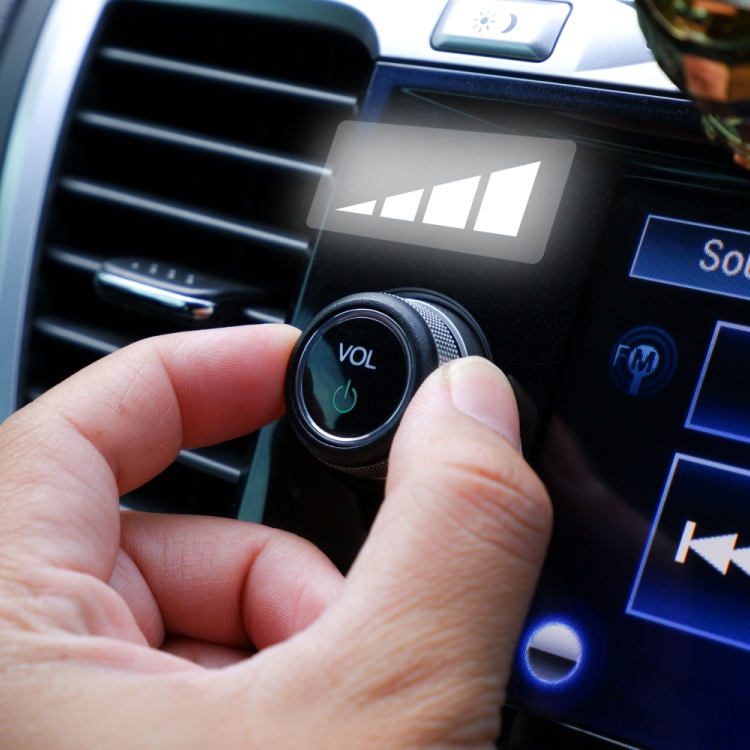
In the automotive market, touchscreens continue to dominate vehicle interiors, but manufacturers are re-evaluating the role of physical controls. Drivers are increasingly valuing the practicality and safety offered by traditional buttons, which prioritize simplicity in a task as critical as operating a vehicle. This shift reflects changing priorities in product design and development.
As vehicles become more electronic, electric, and technologically advanced, their interiors are increasingly designed around large dashboard touchscreens. Automakers have moved essential controls, such as headlights and air conditioning, to these centralized screens, marking a significant industry shift most evident in electric vehicles (EVs).
Car manufacturers like Tesla, Ford, and Mercedes-Benz are embracing large touchscreens as part of their new product introductions, replacing traditional buttons and dials with sleek, centralized controls. From Tesla’s massive 18.5-inch displays to the full-dash “Hyperscreen” in the Mercedes-Benz EQS, these designs prioritize modern aesthetics while potentially reducing manufacturing costs by consolidating functions into a single interface.
Touchscreen technology enables design teams to craft minimalist interiors while offering drivers a greater range of configurable functions than physical buttons ever could. This innovation aligns with a future-ready strategy, providing a seamless and intuitive experience, particularly when the vehicle is stationary.
Despite this modern approach, many consumers find touchscreens less intuitive than the physical buttons and switches used for decades. The focus on sleek interfaces often sacrifices ease of use, especially for basic functions, prompting calls for a more balanced design for manufacturing that prioritizes both innovation and practicality.
Today, many vehicle manufacturers are starting to acknowledge the drawbacks of touchscreens, largely due to rising consumer dissatisfaction. As a result, traditional controls like levers, dials, and tactile buttons for key functions such as seat adjustments and navigation controls are making a steady return. This shift highlights the importance of thorough product testing to ensure that designs meet user needs and expectations.
Why the comeback of buttons?
As consumer preferences shift toward practicality and ease of use, many automakers are reintroducing physical controls because of these reasons:
-
Tactile nature
Rachel Plotnick, an Associate Professor at Indiana University Bloomington and an expert in button technology, has studied the resurgence of buttons in the industrial market. In her book Power Button: A History of Pleasure, Panic, and the Politics of Pushing, she delves into the cultural significance of buttons and their appeal, highlighting their tactility and feedback. Plotnick suggests that people experience screen fatigue from constant scrolling and interaction with digital devices daily and crave a return to a more tactile experience.
-
Safety concerns
Touchscreens in cars can be unsafe because they require drivers to look away from the road to use them. Physical controls, like buttons and dials, are easier and safer since drivers can operate them by feel. In system integration, combining touchscreens with physical controls works best, offering both modern features and practicality. This balance makes driving safer and solves the frustrations of using touchscreens for simple tasks that were easier with traditional controls.
-
Fixed controls
Buttons are more effective in some cases because their fixed positions and consistent functions make them reliable. While this might seem limiting, it’s an advantage for frequently used features. For tasks like adjusting heating or cooling, managing audio volume, or operating wipers and glove box compartments, physical controls are more practical and user-friendly.
-
New regulations
Starting in 2026, the European New Car Assessment Program will require automakers to incorporate dedicated physical controls, such as switches, knobs, or toggles, for essential functions like hazard lights, turn signals, emergency calls, horns, and windshield wipers. These changes are designed to improve safety and ensure easier access to vital features during emergencies. For industrial manufacturing solutions, this emphasizes the need for intuitive, reliable components that meet updated safety regulations and help vehicles maintain top safety ratings.
Hyundai revives physical buttons
For over a decade, Korean-based Hyundai Motor has been expanding its global influence, now prioritizing the adaptation of its models for the North American market. A recent focus has been the reintroduction of physical buttons, reflecting the brand’s commitment to manufacturing excellence in response to regional preferences.
Previously, Hyundai Motor, like many vehicle makers, followed automotive manufacturing industry trends by incorporating touchscreen infotainment systems across its models over the past decade, often replacing traditional knobs for features such as radio and air conditioning.
However, Hyundai reversed course early last year, announcing its commitment to retaining physical buttons and dials in future models. This shift was first seen with the launch of the Hyundai Kona and continues in its refreshed Ioniq 5 lineup.
Hyundai's decision to bring back physical buttons wasn't solely driven by safety or profit but stemmed largely from customer feedback. American users found touchscreen-based controls frustrating, as revealed by focus group testing. Vice President Ha Hak-soo acknowledged that while the auto industry, including Hyundai, initially embraced the “wow” factor of large infotainment systems, these touch interfaces added unnecessary complexity to simple tasks. This realization prompted Hyundai to prioritize user-friendly design over flashy technology.
The car manufacturer’s design and engineering teams hinted that as advanced driver-assistance technology improves, enabling drivers to relax more, customer attitudes toward touchscreens may shift.

Balance is necessary
While some automakers are reintroducing physical buttons, Tesla remains committed to its touchscreen-focused design. The company has taken its minimalist approach even further by removing the gear selector in newer models, emphasizing its dedication to reducing physical controls in favor of digital interfaces.
Touchscreens continue to hold significant economic value in modern vehicle design, but experts argue for a balanced approach that integrates both physical and digital controls.
Tactile buttons and dials are ideal for essential, real-time functions, ensuring safer and more intuitive operation. In contrast, touchscreens excel for non-urgent tasks such as navigation, entertainment, or displaying detailed information like maintenance tutorials.
This hybrid interface approach maximizes usability while enhancing the overall driving experience. By thoughtfully combining both methods, automakers can meet diverse consumer needs while preserving the practicality and innovation touchscreens bring to the market.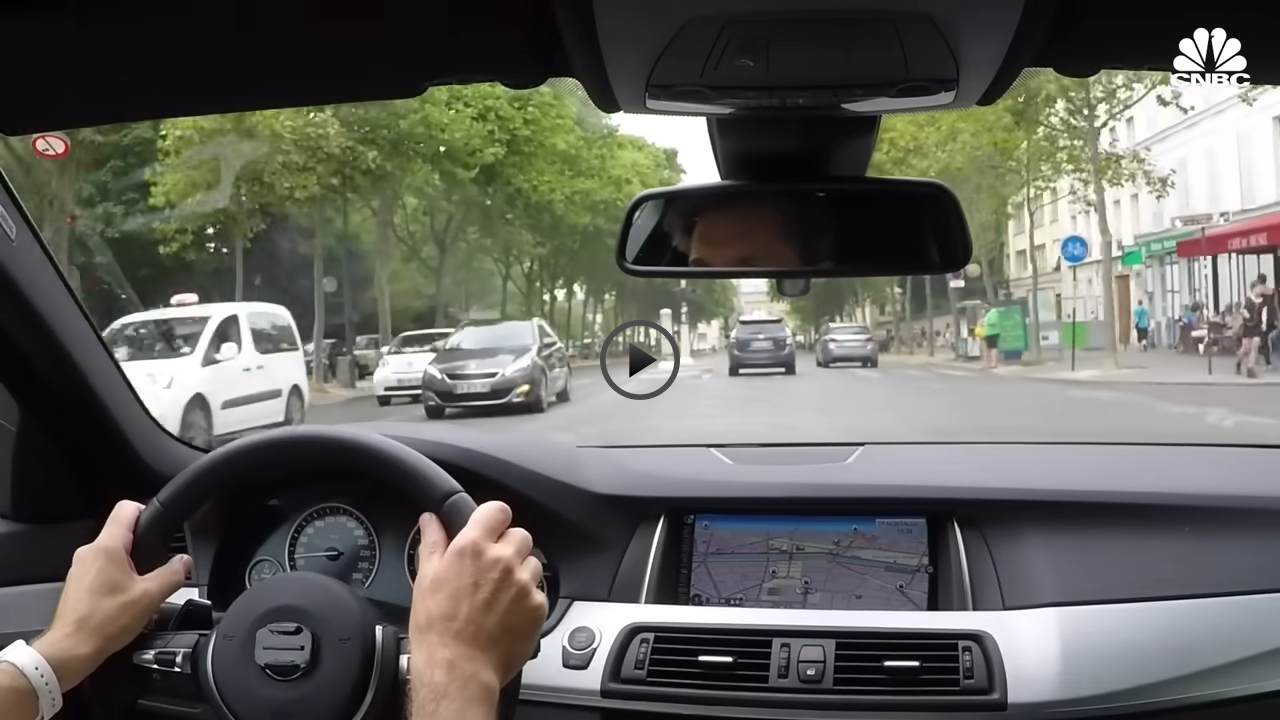 As one of the Top 20 EMS companies in the world, IMI has over 40 years of experience in providing electronics manufacturing and technology solutions.
As one of the Top 20 EMS companies in the world, IMI has over 40 years of experience in providing electronics manufacturing and technology solutions.
We are ready to support your business on a global scale.
Our proven technical expertise, worldwide reach, and vast experience in high-growth and emerging markets make us the ideal global manufacturing solutions partner.
Let's work together to build our future today.
Other Blog
